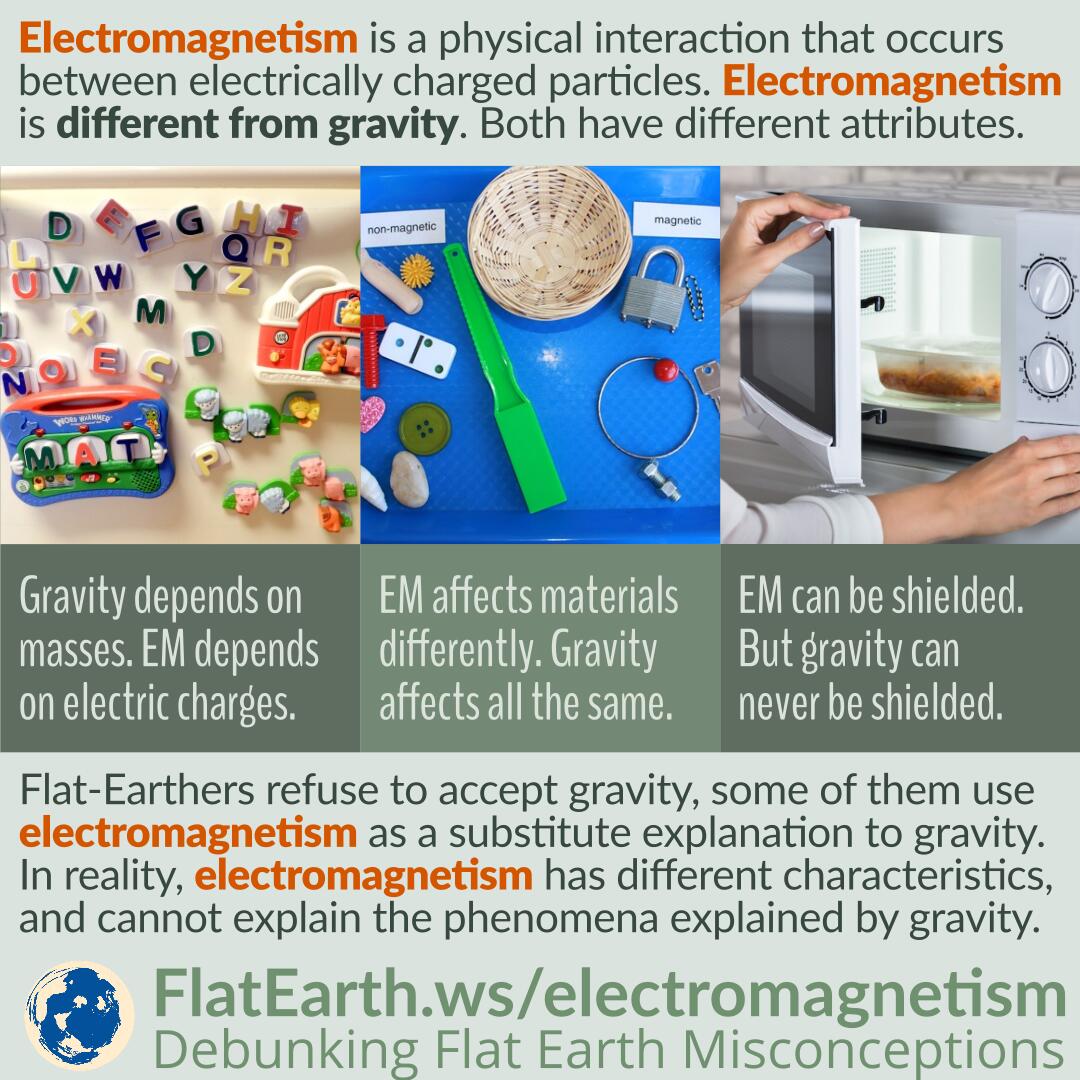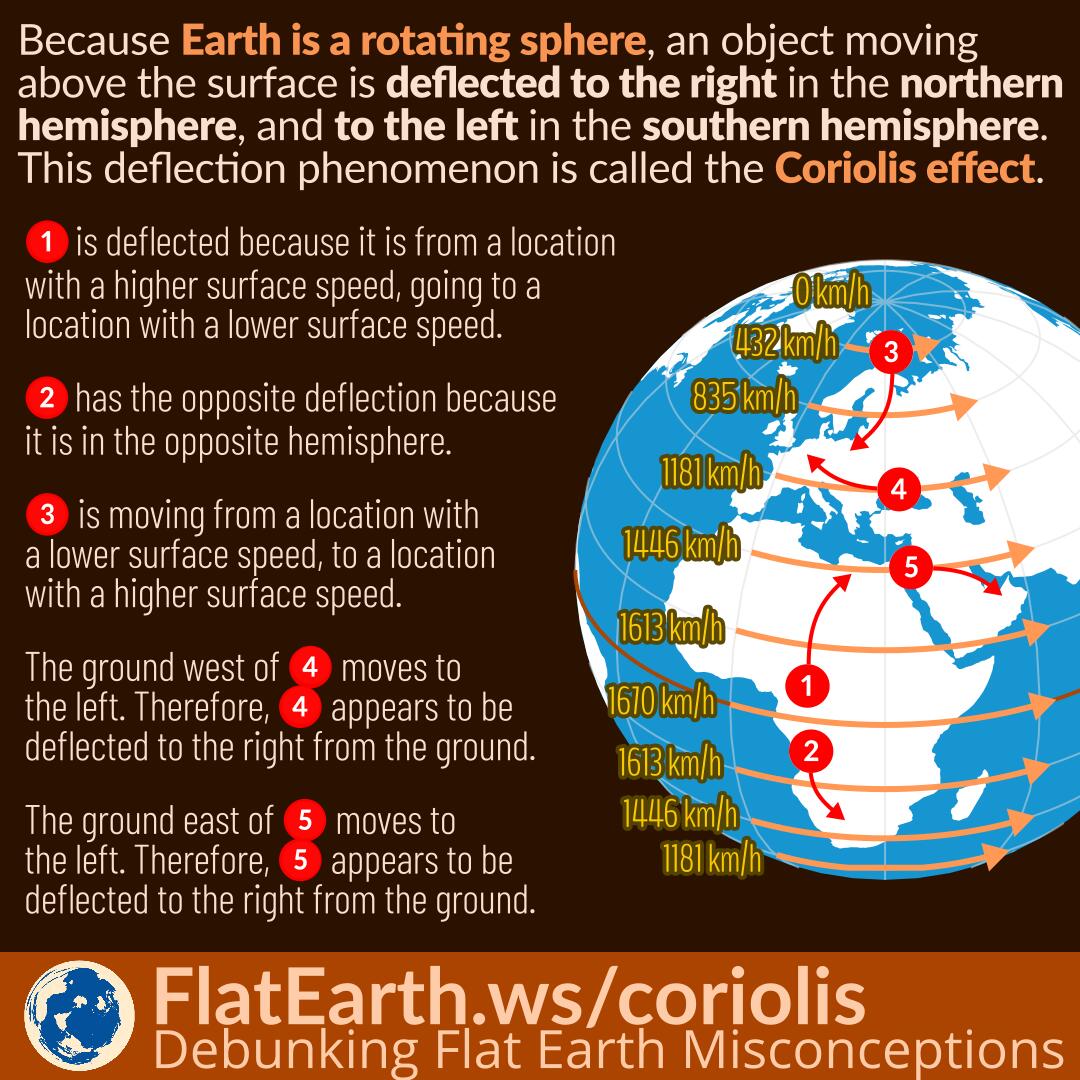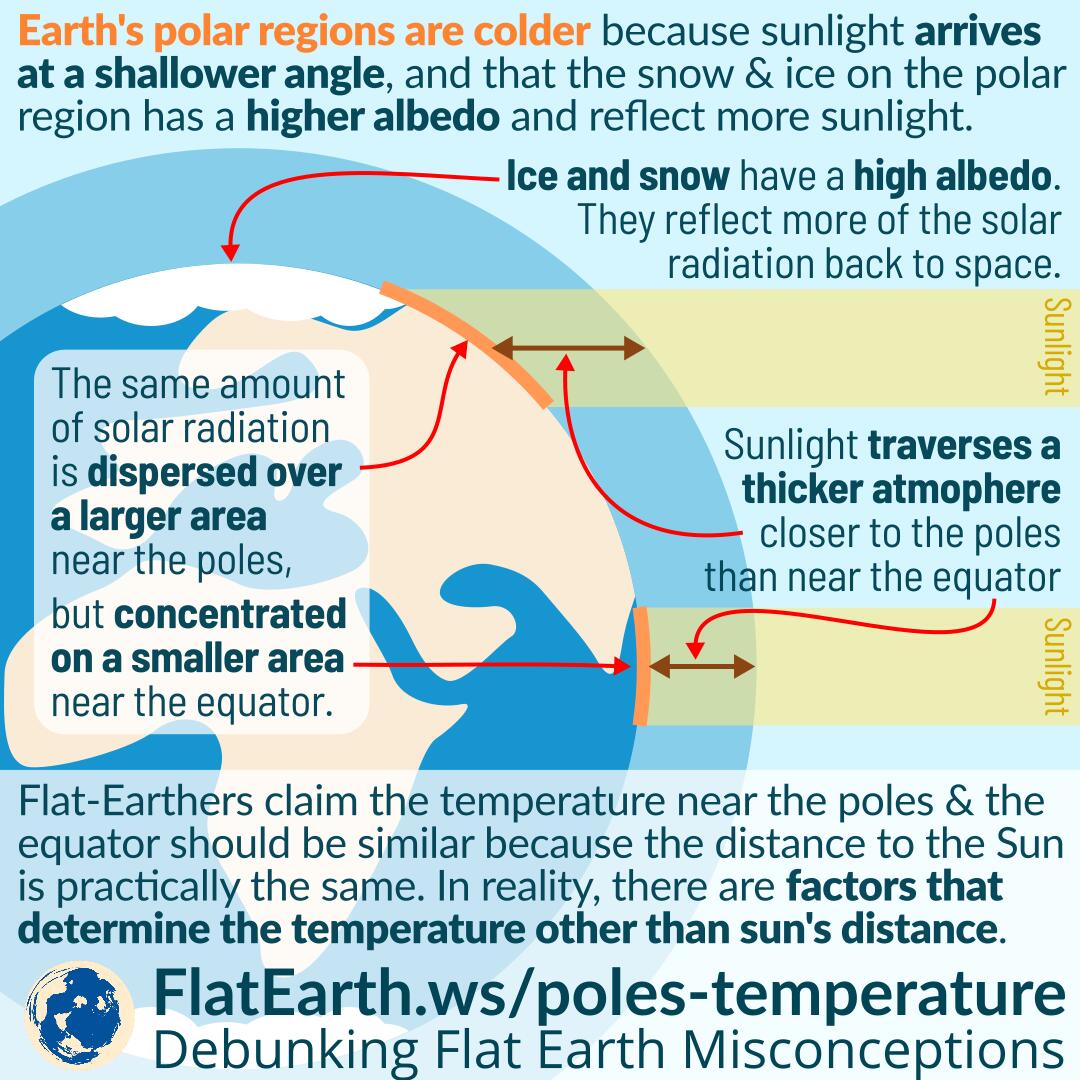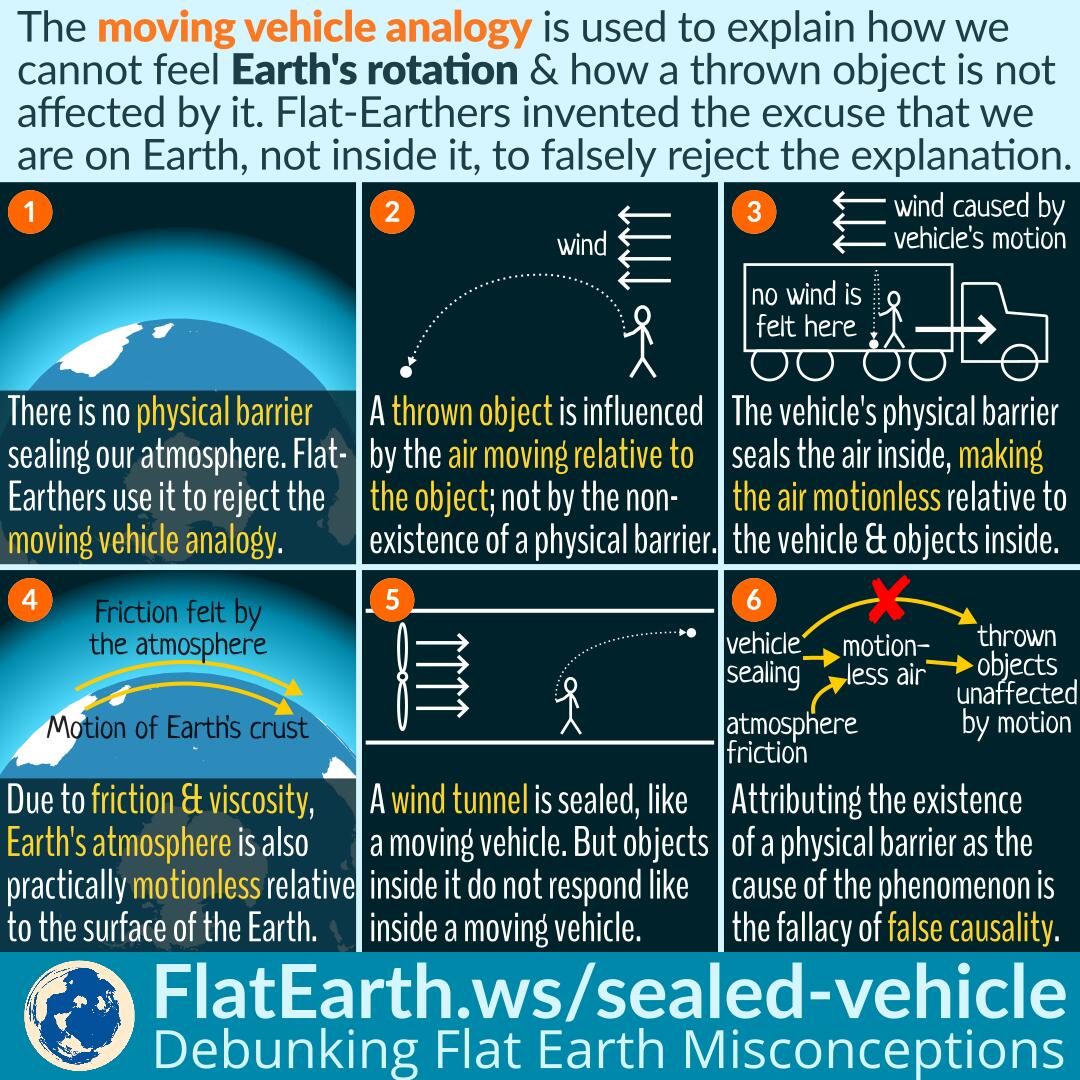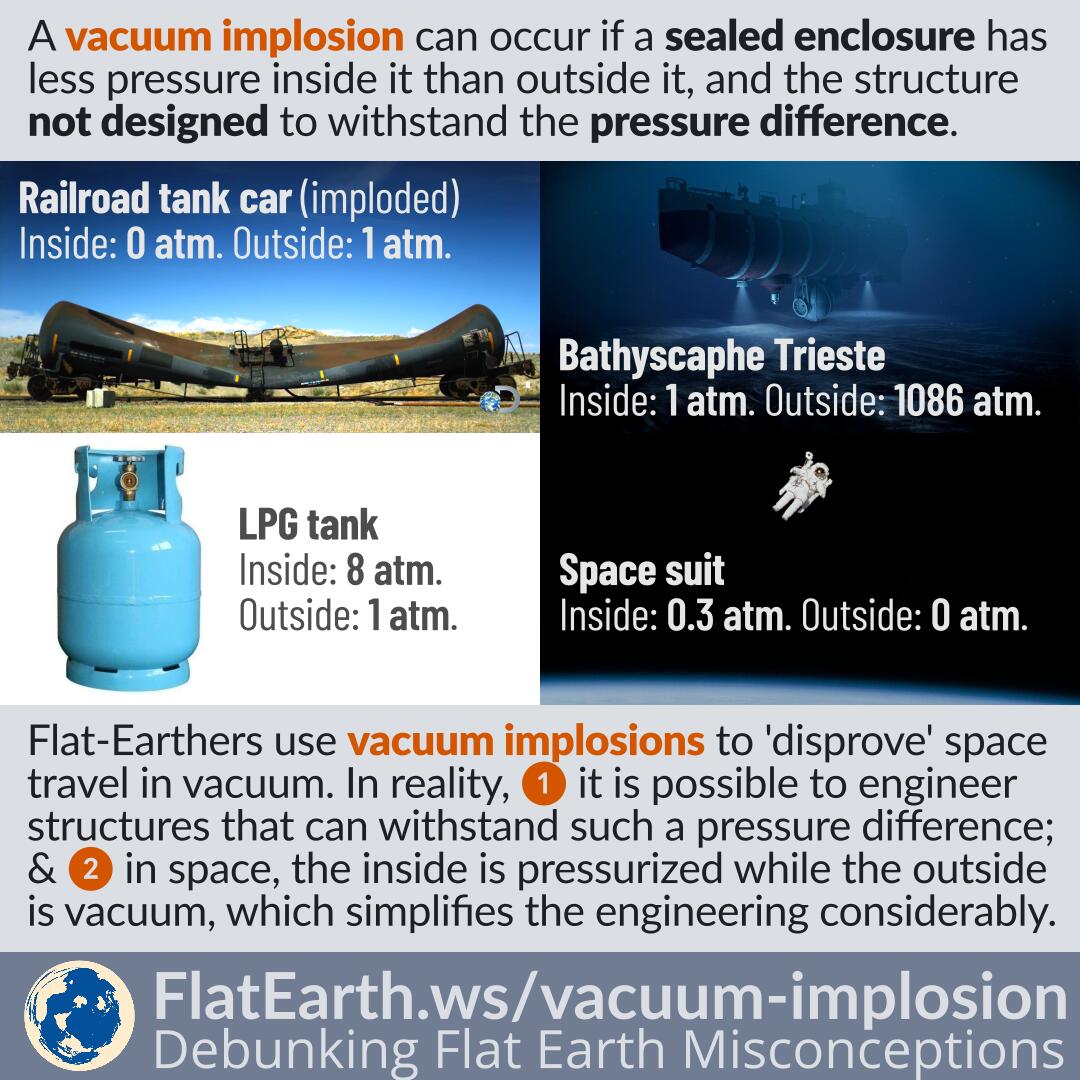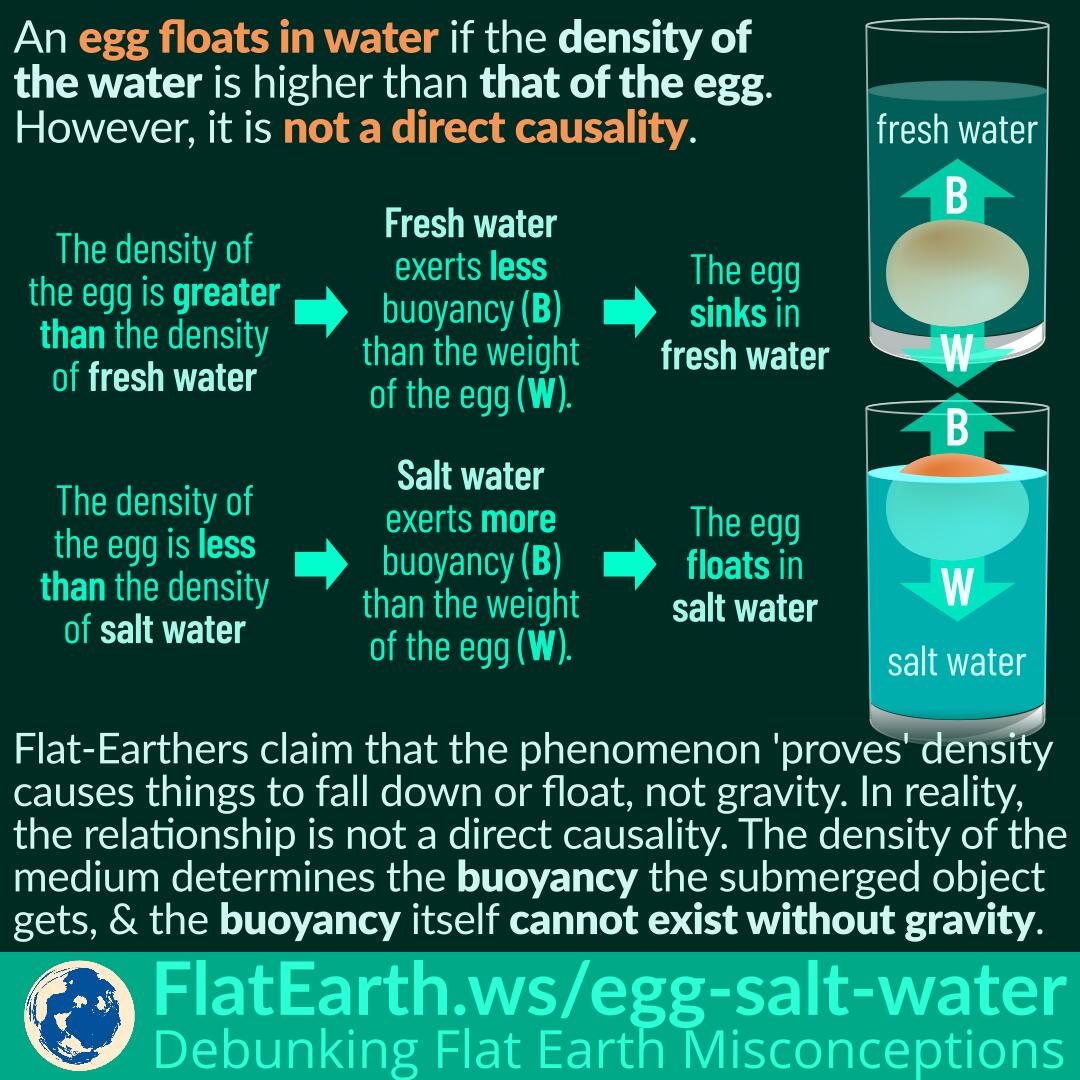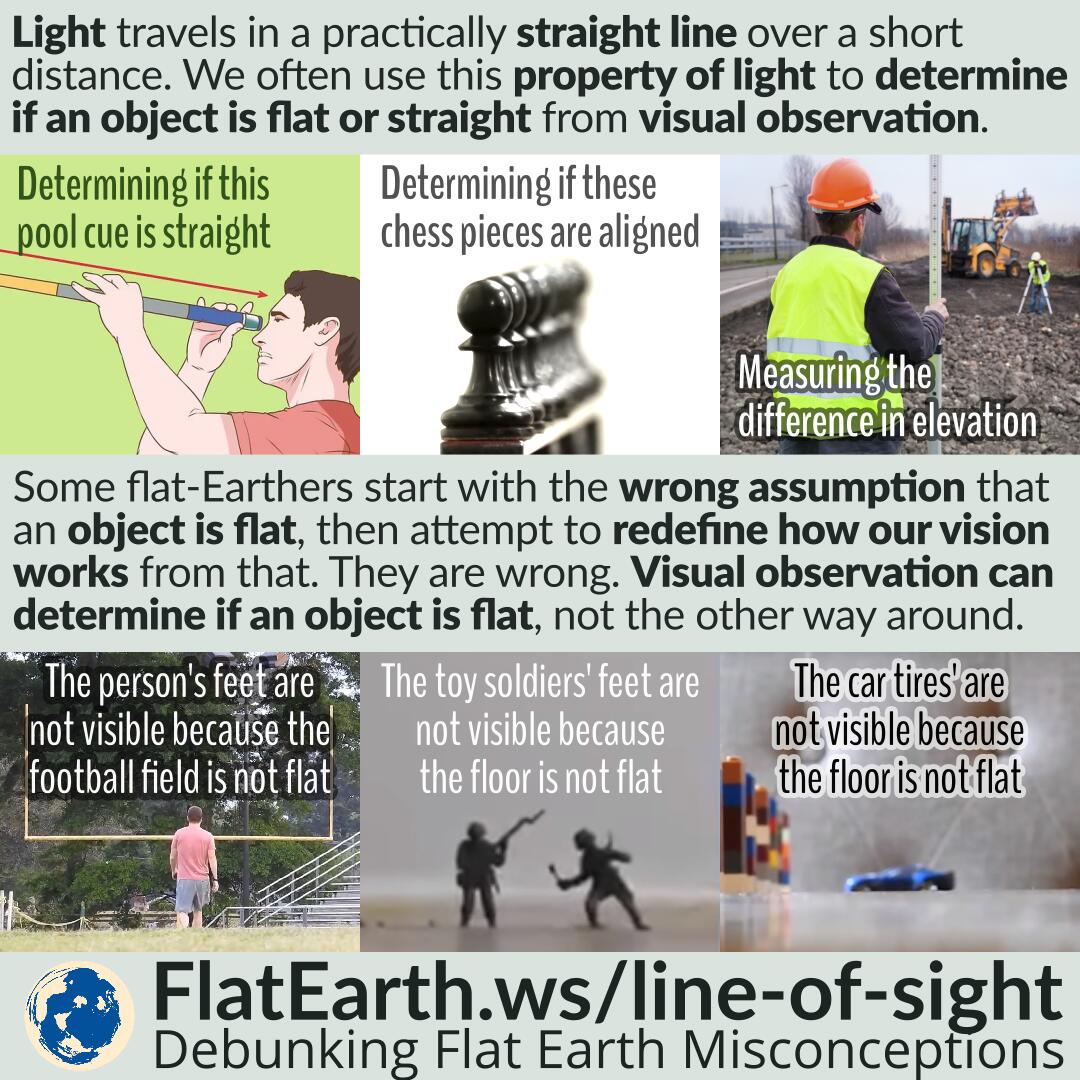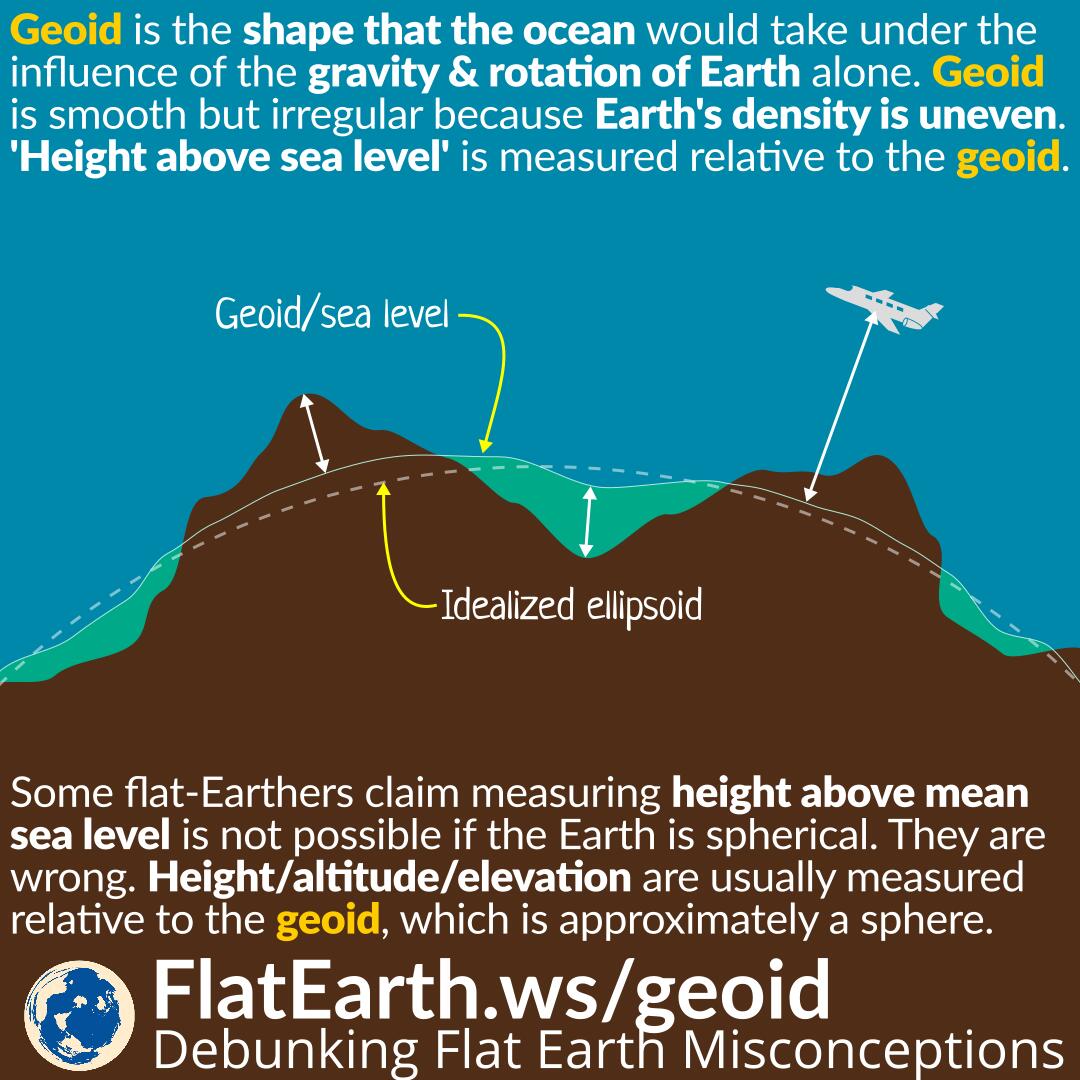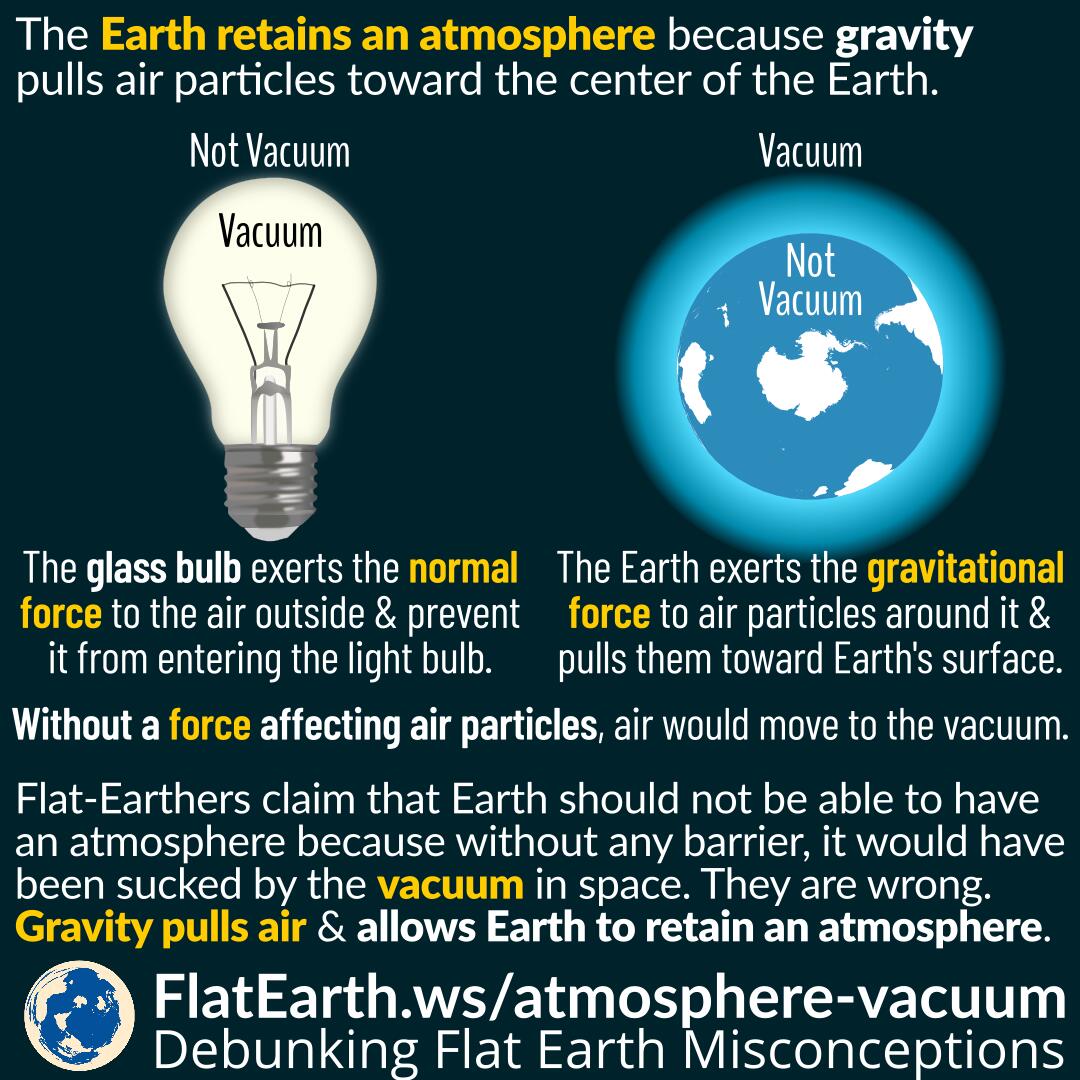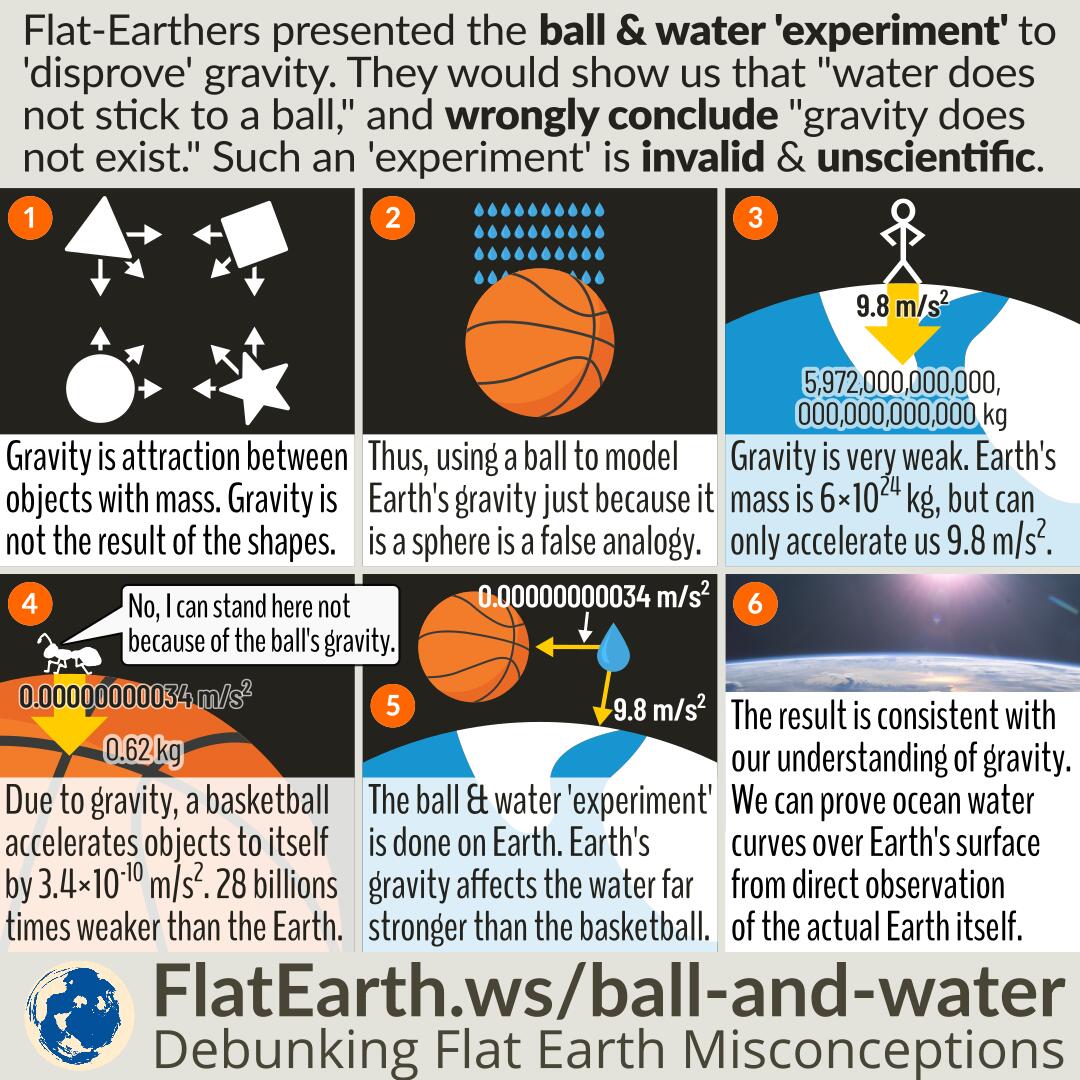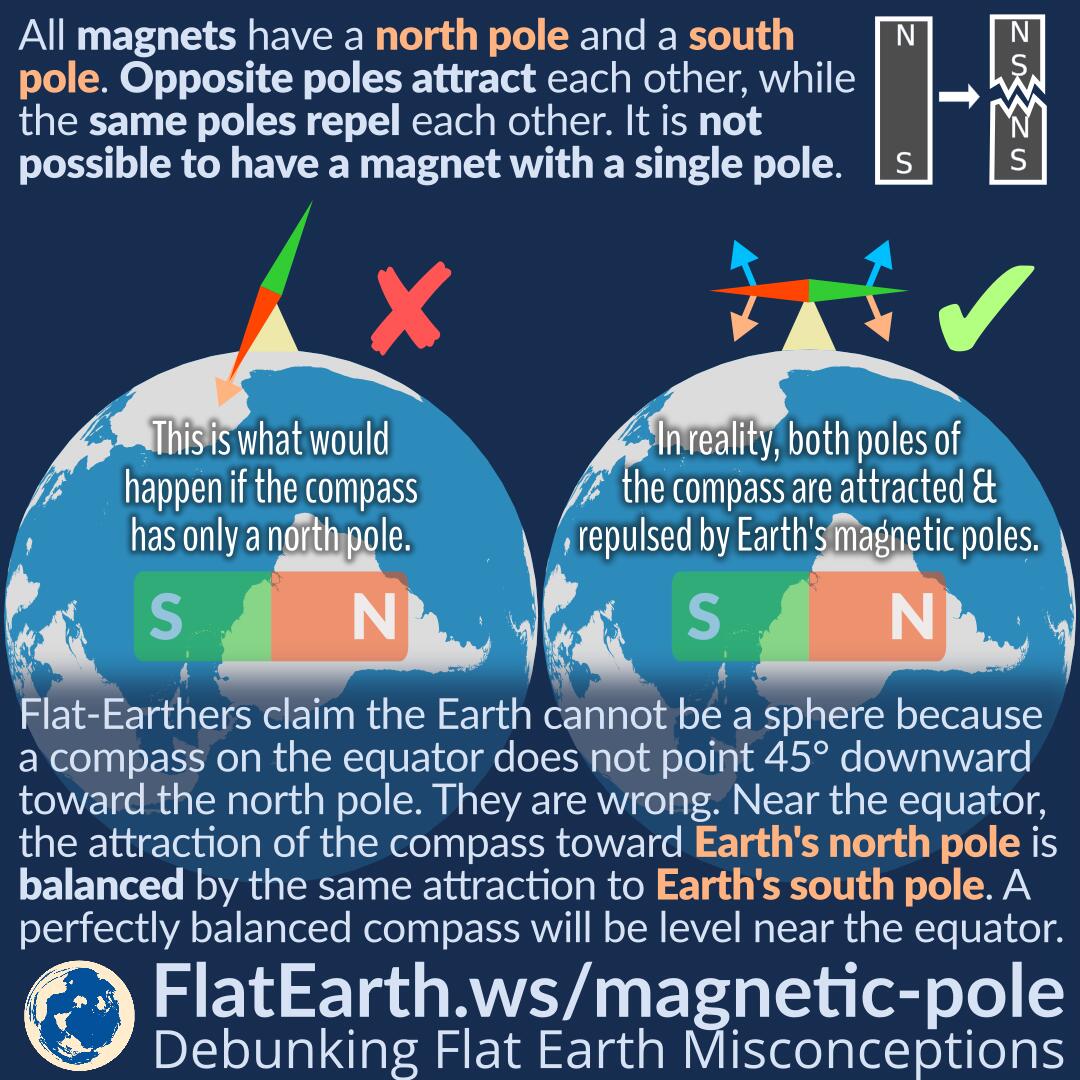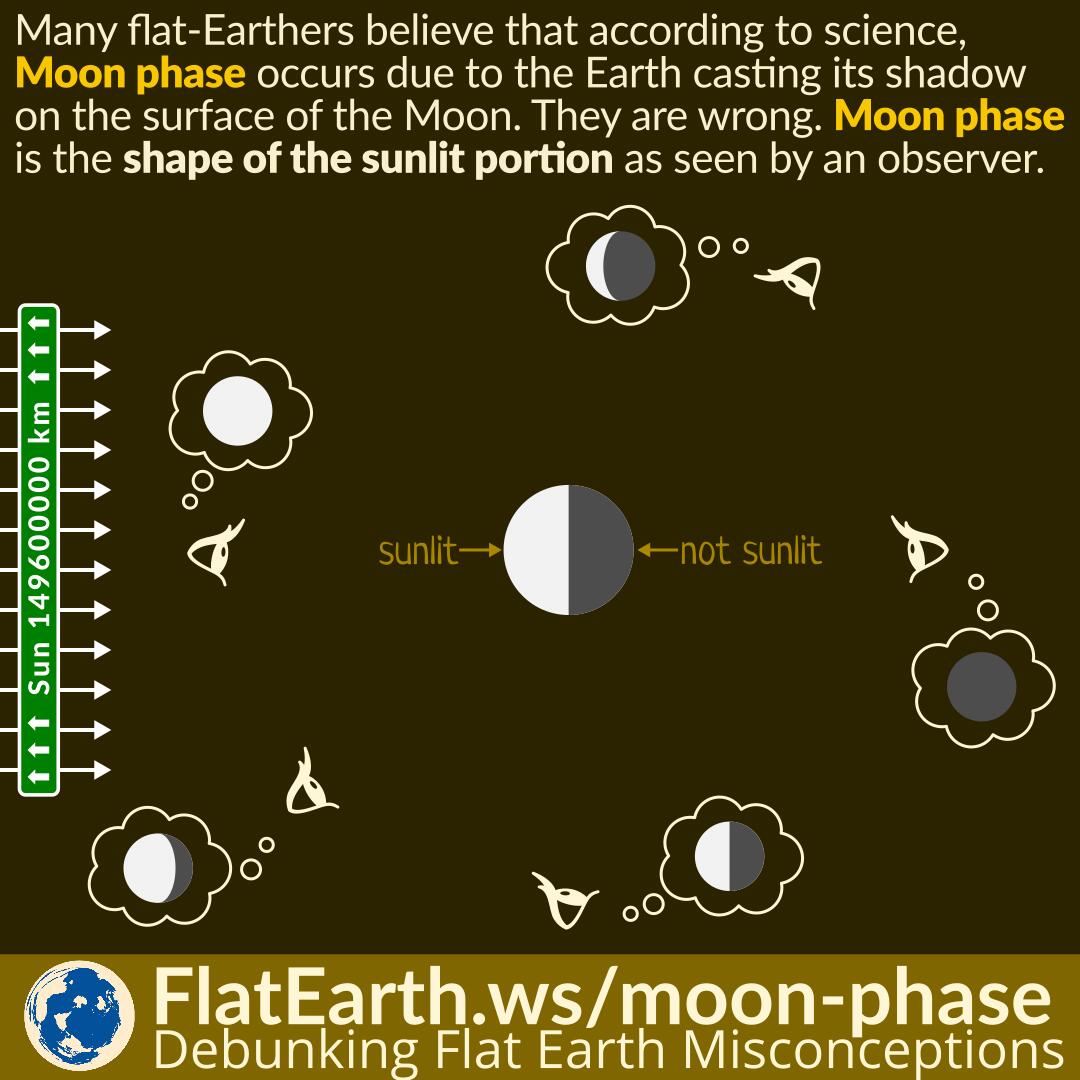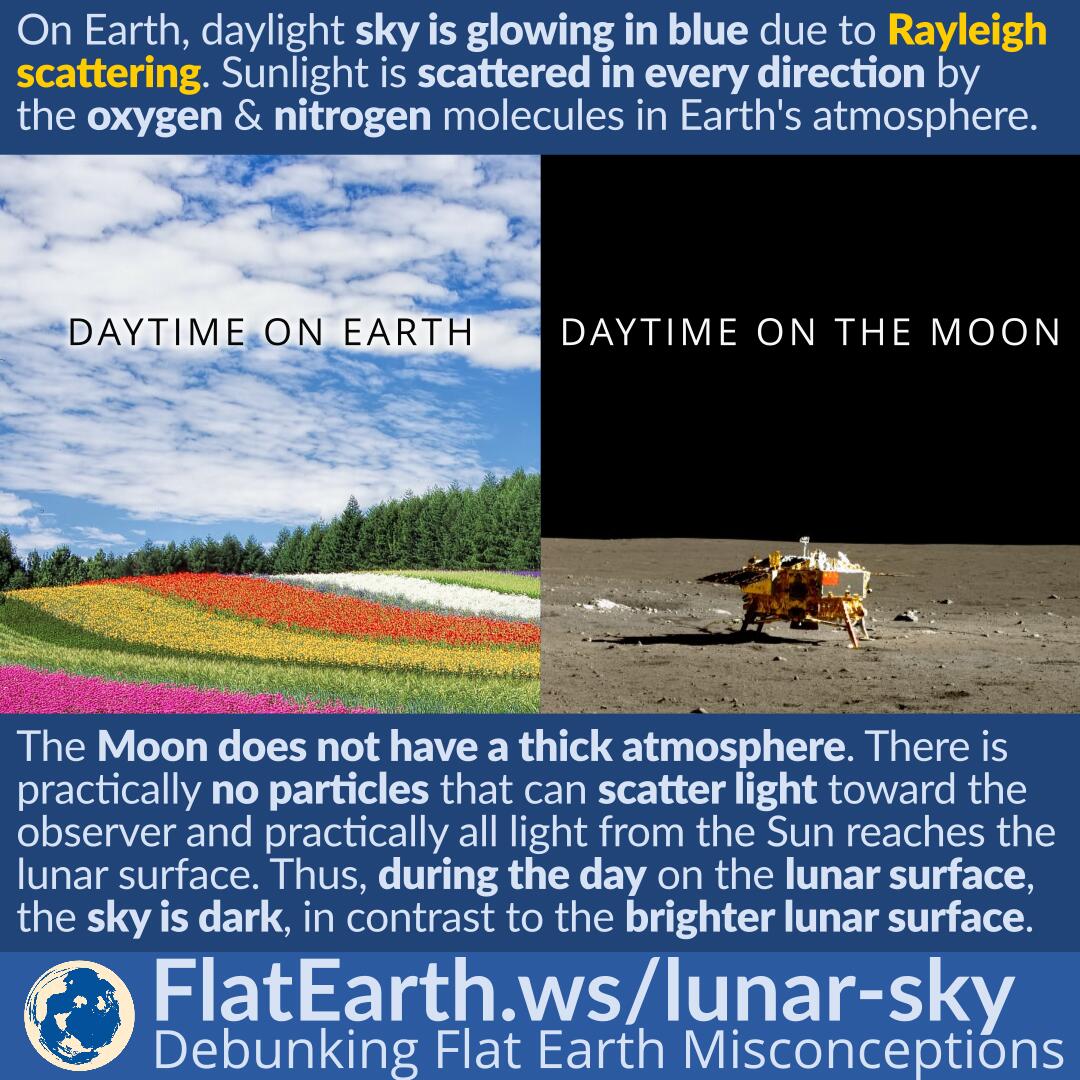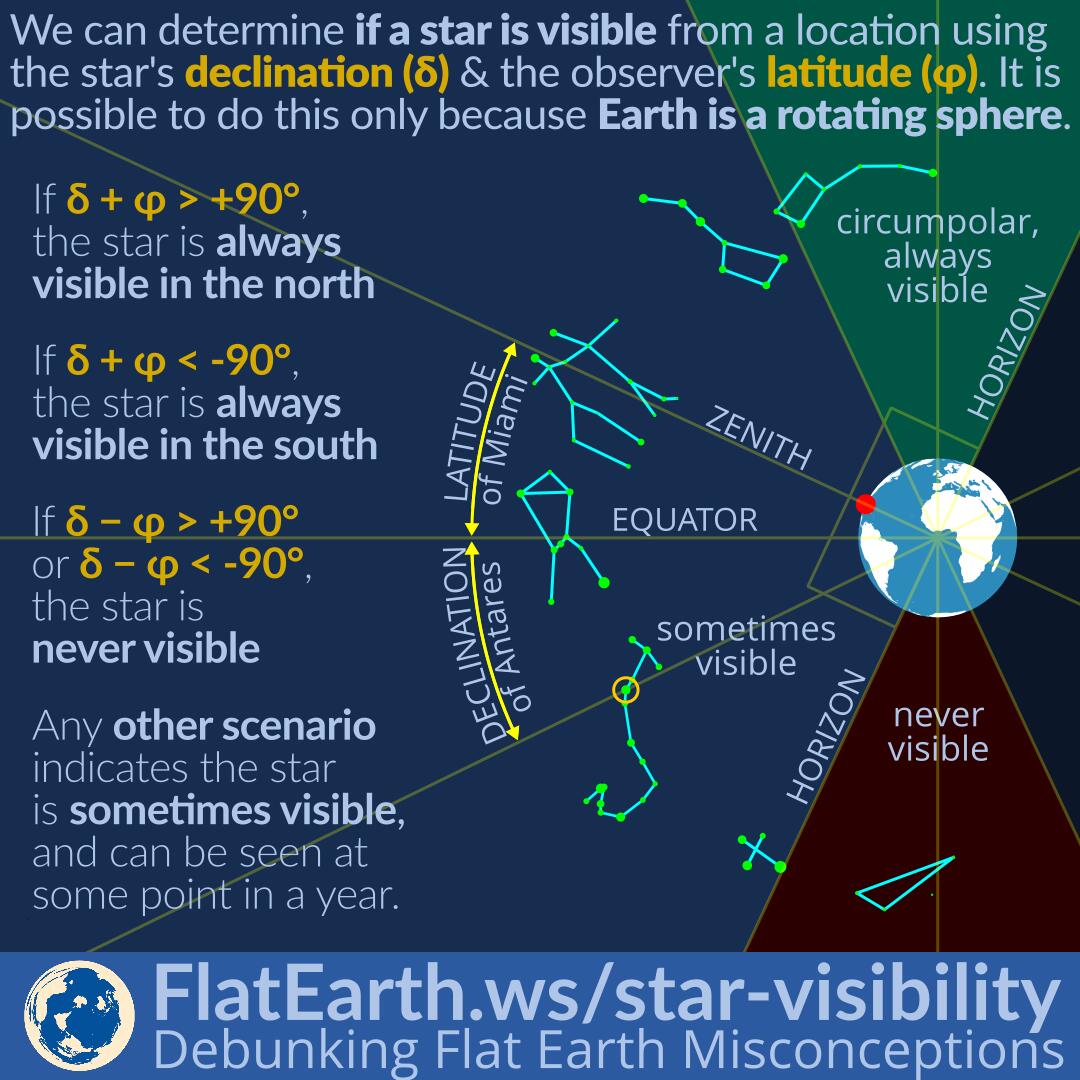The electromagnetic force is a type of physical interaction that occurs between electrically charged particles. Electromagnetism is different from gravity. Both phenomena are real but have different characteristics.
Flat-Earthers refuse to accept gravity, and some of them use electromagnetism in place of gravity to explain the various phenomena that are explained by gravity. In reality, electromagnetism has different characteristic from gravity, and cannot explain the various phenomena that are explained by gravity.


